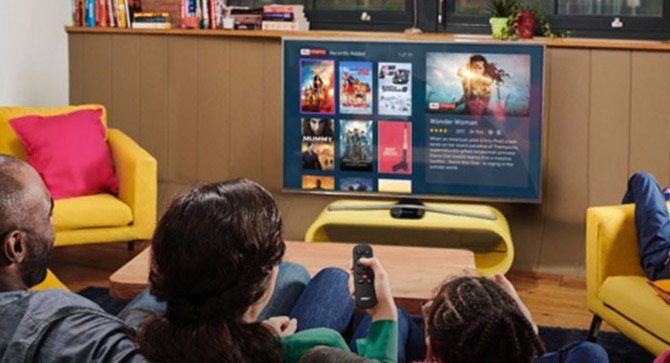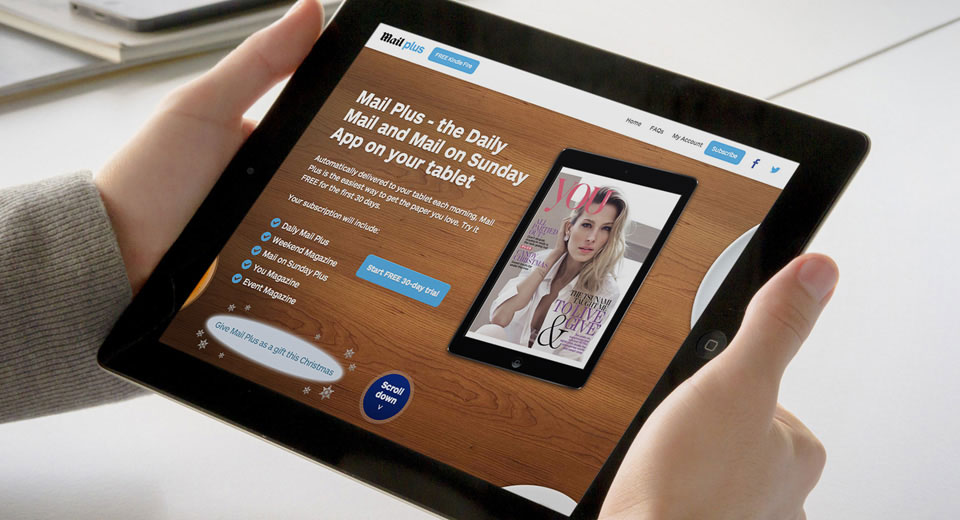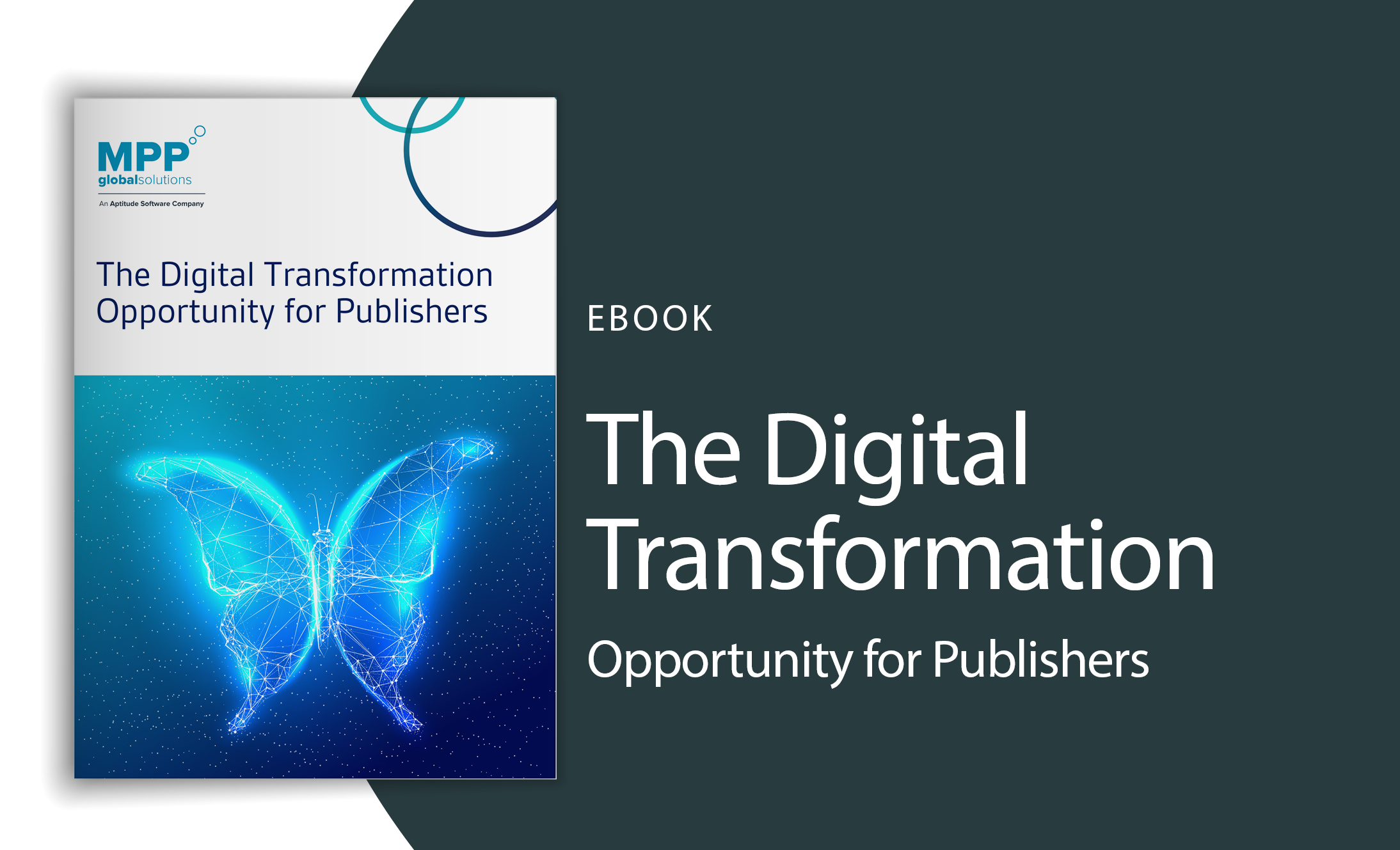7 Website Conversion Hacks You Can’t Afford to Ignore

What You’ll Learn:
Find out how you can improve your conversion rate by making seven simple changes to your website.
Your website is just one of around 1.5 billion live sites on the world wide web today.
If you hope to attract visitors to your website over the competition, it stands to reason that making a splash in an ocean this big is something that shouldn’t be left to chance.
Fortunately, there are dozens of tried-and-true conversion optimization techniques to improve the likelihood of your website visitors converting – whether that’s filling out a form, handing over their email address or making a purchase.
Below, we have covered seven of the most important website conversion hacks to help you get started.
1. Focus on the Benefits, Not the Features
Chances are, you know your industry, product or service inside out and can talk about how great it is for hours on end. But, is that really what your audience is interested in hearing?
In short, the answer is no. Instead, your audience wants to see the clear-cut benefits you can offer them. More than likely, your website visitor is looking for a solution to a problem and just wants to quickly gauge how well you are positioned to solve that problem in as little time as possible.
So, what benefits can you offer your website visitors? By answering “what’s in it for me?” and making the effort to speak your prospects’ language, you’re sure to gain their trust. Demonstrate that you understand the problems they’re facing day-to-day, and they’ll trust that you can solve them.
2. Showcase Customer Reviews & Testimonials
Testimonials and reviews from previous customers are one of the strongest ways to communicate the trustworthiness of a brand, providing a form of social proof that can easily turn a prospect into a customer. In fact, according to a study by Zendesk, 88 percent of respondents said their buying decisions were influenced by positive and negative reviews.
It’s a lot easier to distinguish levels of quality In the real world compared to the online world. So, for website visitors who are new to a brand and looking for reassurance, reading a collection of positive reviews from previous or current visitors could cinch them as a conversion.
To validate your social proof, integrate third-party platform review systems such as TrustPilot or Feefo reviews prominently throughout your website. If your company is so inclined, you could even take the time to compile case studies with happy clients and display these where relevant.
3. Reduce Site Loading Times
Today’s internet users have higher expectations for speed than ever before and rarely tolerate loading times that test their patience.
When was the last time you clicked a search result and waited more than just a few seconds for the website to load before deciding to double back and click on the next available option?
It’s a fact that if your site takes longer than two seconds to load, 53% of your visitors lose interest. Even a delay of a single second can result in a 7% reduction in conversions.
To optimize your site’s loading speed and ensure your conversion potential isn’t impacted, use a tool such as Google PageSpeed to pinpoint your site’s baseline. This can give you an idea of just how much you need to improve your loading times. Based on this, you can then decide whether it’s worth boosting your hosting plan to a higher performing version.
You can also optimize the images and videos used on your website to ensure they aren’t impacting loading times. Tools such as TinyPNG can reduce the size of your images to increase site speed.
4. Simplify Your User Experience
Instant gratification rules the online world. This means that anything getting in the way of a quick, simple and seamless user experience will immediately cause your site visitors to switch off and leave in search of a more convenient alternative. It’s a fact that when faced with too many choices, people may completely avoid a task or decision.
Circumvent this by presenting your site navigation as clearly as possible with prominent menus, clear categories and subcategories and simple directions. Minimize the number of clicks and steps needed to convert to ensure visitors can quickly and easily find what they’re looking for.
To win conversions, let your readers know exactly what you want them to do next, whether that’s click a button or fill out a form. Lay out a clear path for site visitors and you’ll reap the rewards.
5. Find Your ‘Purple Cow’
The term ‘Purple Cow‘ was coined by Seth Godin, American author and dot com business executive, to explain the importance of being unforgettable.
According to Godin, cows are generally unremarkable and don’t attract much attention; generally, they all look incredibly similar. But, if you were to see a purple cow, chances are you would stop dead in your tracks.
At least, that’s unless all cows suddenly started turning purple – then, that original purple cow isn’t quite as memorable.
The same can be said for your website; a stagnant website that blends into the background of all others in the same industry isn’t likely to attract attention.
Competition is fierce and to succeed in standing out, you have to offer something your competitors don’t: your own purple cow. Otherwise, your website becomes part of the background noise.
So, what makes your business so unique and special compared to the hundreds of others in your industry? Whether it’s free resource downloads or early access to exclusive content, make sure your USP is always front and center.
6. Improve Your Copy
It’s no secret that the clear majority of internet users value image-based content over walls of text. Infographics and videos tend to require less concentration to digest and are presented in a much more visually appealing way when compared to copy.
However, this isn’t to say that good copy has had its day in the sun. In fact, FreckleTime increased conversions 2.4x through stronger copywriting which directly addresses customer issues and provides a solution.
The effectiveness of your copy on conversion rate is also in large part down to its layout on the page. Based on an eye-tracking study by Neilsen Norman Group, most site visitors will scan your site’s copy in an ‘F’ shape pattern. This means that the main title, introductory paragraph and subheadings should be prioritized as the most engaging sections of copy, to capture the attention of ‘scanners’ and increase the likelihood of them converting. Otherwise, you risk your messaging falling on deaf ears.
7. Test Different Layouts & CTAs
User experience and design go hand-in-hand with conversion rate optimization, so make a habit of regularly researching and A/B testing different navigation and website designs to keep your conversion rate optimized.
Looking to increase their conversion rates, Humana, a health insurance provider, performed A/B testing on their main website banner – and to great effect. The alternative design, which had a refreshed, simpler layout and more targeted CTA, resulted 433% more click-throughs than their current layout.
This demonstrates the importance of specifically testing variations of your CTAs. Clickable CTA button(s) may perform differently depending on where they’re placed, their color and size and your choice of copy, so make sure you test CTAs with verbs which encourage your visitors to act (for example, “download your copy,”) to keep them on the right track of the customer journey.
 us
us 










